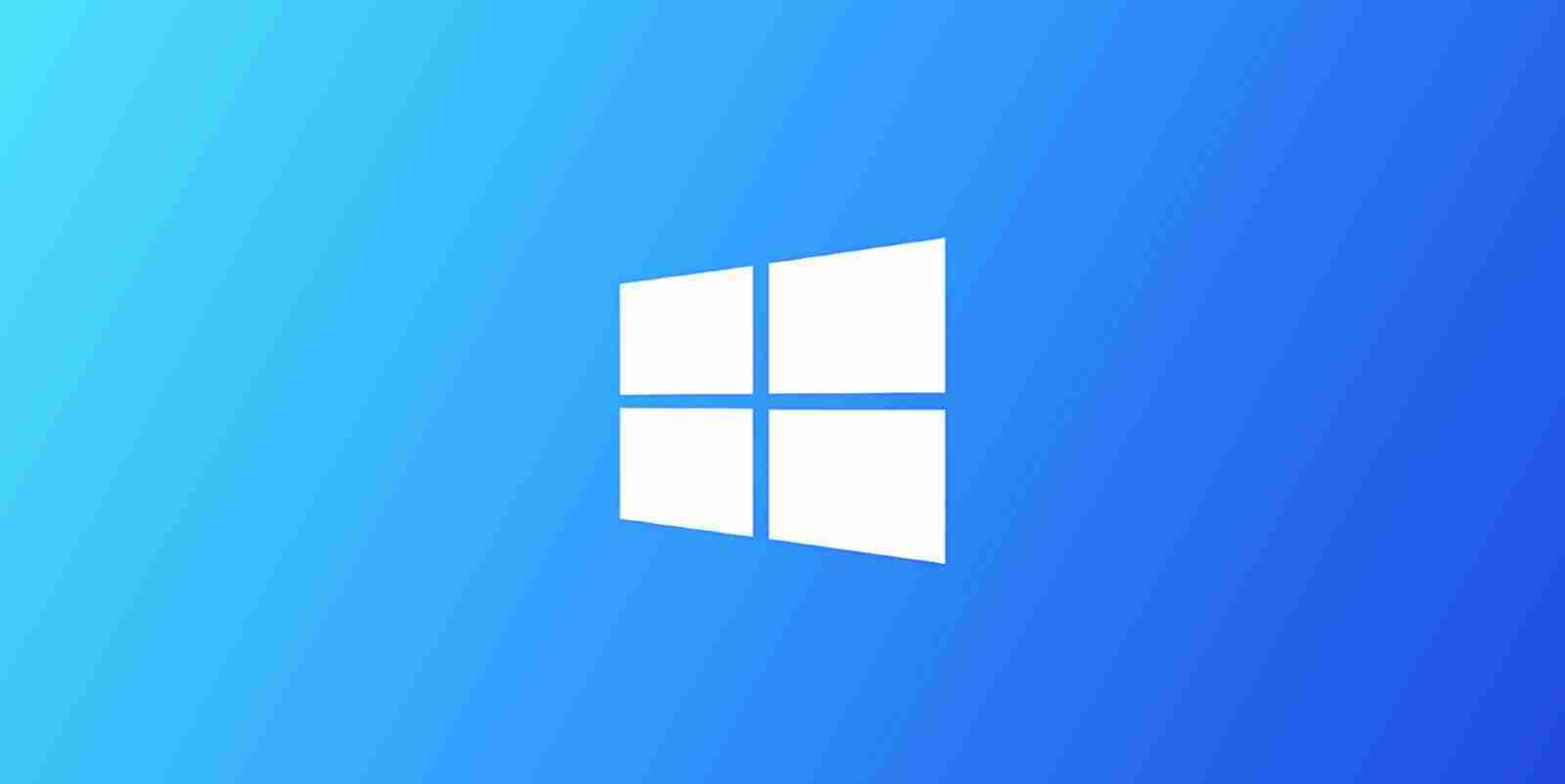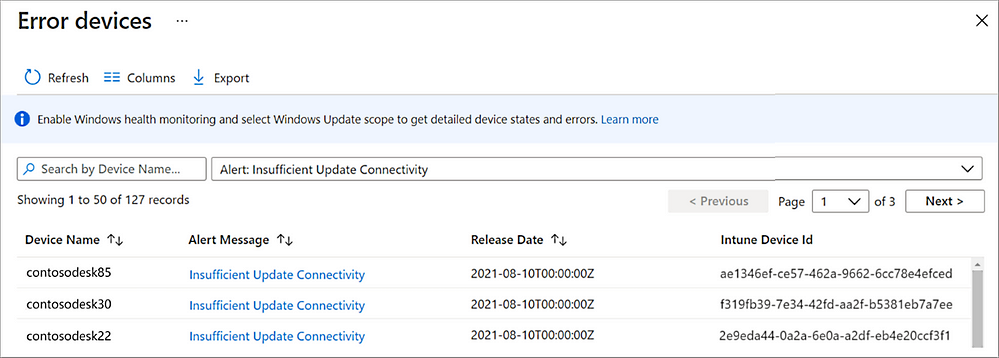KEEP IN TOUCH
Subscribe to our mailing list to get free tips on Data Protection and Cybersecurity updates weekly!







Microsoft says that Windows devices need to be online for at least eight hours to get the latest updates and have them correctly installed after they’re released through Windows Update.
The amount of time devices running Windows are powered on and connected to Windows Update is tracked by Microsoft as ‘Update Connectivity.’
This measurement correlates the systems’ lack of enough connected time with why they’re not up to date while also making it easier to understand why some devices are unlikely to get recently released updates successfully.
Also Read: The Top 10 Best And Trusted List Of Lawyers In Singapore
According to David Guyer, a Microsoft Program Manager for Windows Updates in MEM, Windows devices need at least 8 hours online to get the latest updates and successfully install them.
“One of the most impactful things we explored was how much time a device needs to be powered on and connected to Windows Update to be able to successfully install quality and feature updates,” said Guyer.
“What we found is that devices that don’t meet a certain amount of connected time are very unlikely to successfully update. Specifically, data shows that devices need a minimum of two continuous connected hours, and six total connected hours after an update is released to reliably update.
“This allows for a successful download and background installations that are able to restart or resume once a device is active and connected.”
You can track devices with insufficient Update Connectivity via Microsoft Intune by navigating to Devices > Monitor and selecting either the Feature update failures or the Windows Expedited update failures report.
Insufficient Update Connectivity alerts can also be found via the Summary report in Intune by going to Reports > Windows updates > Reports > Windows Expedited update report.

When looking at Windows 10 devices that are not fully updated and not meeting minimum connectivity requirements, Microsoft saw that:
“When troubleshooting update issues, we have found it is best to select devices that have sufficient Update Connectivity,” Guyer added.
Also Read: The Importance Of Knowing Personal Data Protection Regulations
“If a device has insufficient Update Connectivity, then investigating other update issues is complicated because the low Update Connectivity can create new issues that go away once there’s enough connectivity.”
In related news, Microsoft began testing a smarter delivery method for Windows update improvements dubbed ‘Update Stack Package,’ which would deliver improvements to the update experience outside of major OS updates before monthly or feature Windows updates.
The company also redesigned cumulative updates in Windows 11 to allow security and quality updates to install faster as they are approximately 40% smaller than their Windows 10 counterparts.
Last year, Redmond released new APIs for managing Windows Update that enable devs and IT professionals to expedite Windows 10 security updates in enterprise environments.